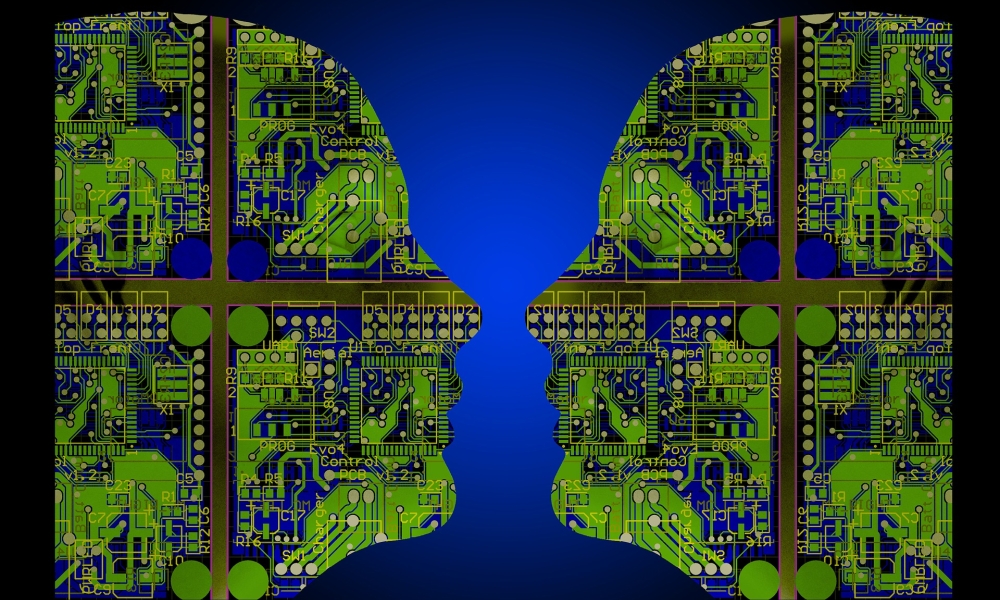Fake news has existed long before the advent of social media. Large tech companies like Google and Facebook are developing their own algorithms to protect their users from false news. However, the lack of a common approach to understanding the essence of fake news makes a solution ideologically impossible. This research analyses the mechanisms of the publication and distribution of fake news. The researchers also decide on methods to identify fake news on social media with the help of systems featuring elements from artificial intelligence and machine learning.
Highlights:
- There have been several non-technical ways of analysis and detection of fake news such as the 2017 European Commission public consultation on fake news and online disinformation. The International Federation of Library Associations and Institutions (IFLA) has also published an instruction about fake news.
- The study created a model of a system which is capable of detecting news content with inaccurate information with high reliability (more than 90%) and distribute it into the appropriate categories as outlined in the study.
- The model learned to analyse text and determine its content based on evaluative vocabulary, author's judgements and words with emotional or obscene expressions. If the text scores low it implies that this is not a fact-based news item.
- While this method does not solve the problem of fake news itself, it helps with identifying non-news items with a high degree of reliability.

